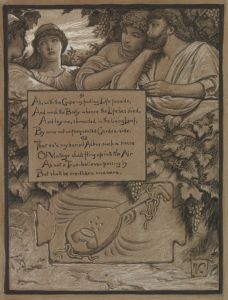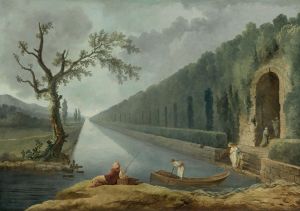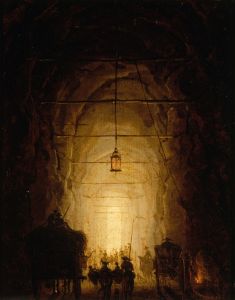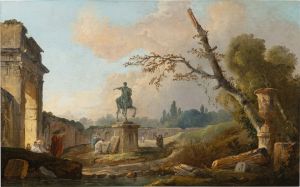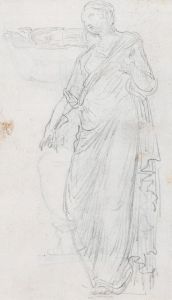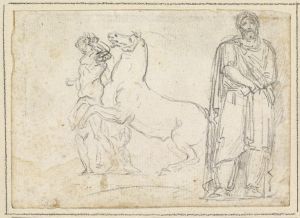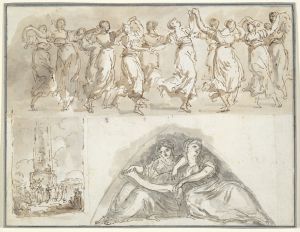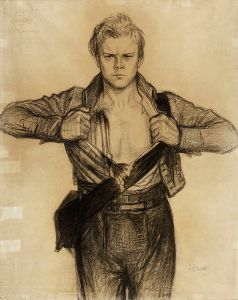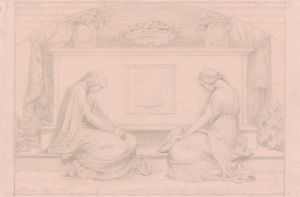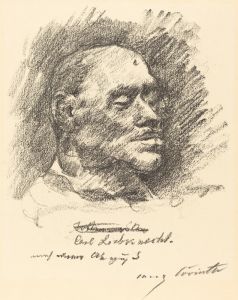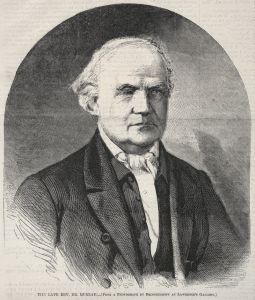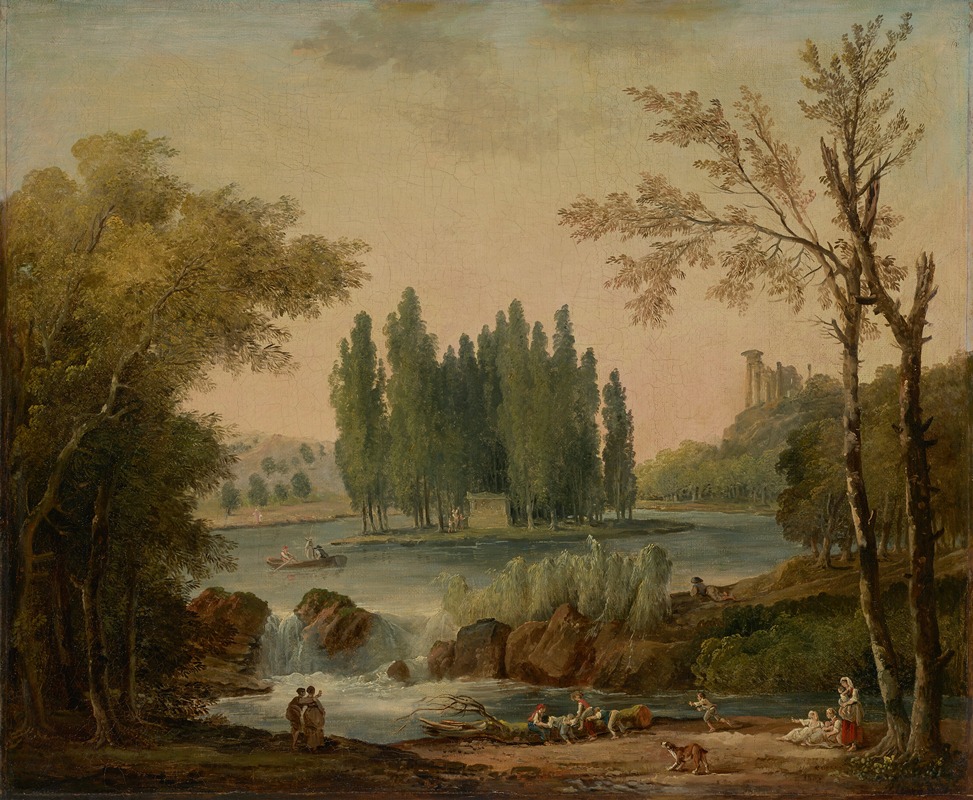
A view of the park at Ermenonville with the tomb of Jean-Jacques Rousseau and the Temple de la Philosophie
A hand-painted replica of Hubert Robert’s masterpiece A view of the park at Ermenonville with the tomb of Jean-Jacques Rousseau and the Temple de la Philosophie, meticulously crafted by professional artists to capture the true essence of the original. Each piece is created with museum-quality canvas and rare mineral pigments, carefully painted by experienced artists with delicate brushstrokes and rich, layered colors to perfectly recreate the texture of the original artwork. Unlike machine-printed reproductions, this hand-painted version brings the painting to life, infused with the artist’s emotions and skill in every stroke. Whether for personal collection or home decoration, it instantly elevates the artistic atmosphere of any space.
"A View of the Park at Ermenonville with the Tomb of Jean-Jacques Rousseau and the Temple de la Philosophie" is a painting by the French artist Hubert Robert, a prominent figure in 18th-century European art known for his landscape paintings and architectural capriccios. This artwork depicts a scene from the park at Ermenonville, a site of historical and cultural significance in France.
The park at Ermenonville was designed in the late 18th century by Marquis René Louis de Girardin, a French aristocrat and admirer of Jean-Jacques Rousseau, the influential philosopher and writer of the Enlightenment. Girardin created the park as an example of the English-style landscape garden, which emphasized naturalistic designs and harmonious integration with the surrounding environment. Ermenonville became particularly notable for its association with Rousseau, who spent the final weeks of his life there in 1778. After Rousseau's death, Girardin had a tomb constructed for him on the Île des Peupliers (Island of Poplars) within the park, turning the site into a place of pilgrimage for Rousseau's admirers.
Hubert Robert's painting captures the serene and contemplative atmosphere of the park. The composition prominently features Rousseau's tomb, which is situated on the small island surrounded by water, as well as the Temple de la Philosophie (Temple of Philosophy), another notable structure in the park. The temple, designed as a ruin, symbolizes the incomplete nature of human knowledge and serves as a tribute to philosophical inquiry. Robert's use of light, shadow, and perspective enhances the idyllic and reflective quality of the scene, aligning with the Romantic sensibilities of the period.
The painting reflects both Robert's skill as a landscape artist and his ability to convey the intellectual and emotional resonance of the locations he depicted. It also serves as a visual representation of the Enlightenment ideals and the reverence for nature and philosophy that characterized the era. Today, the artwork is recognized as an important example of 18th-century French art and continues to be appreciated for its historical and artistic significance.





